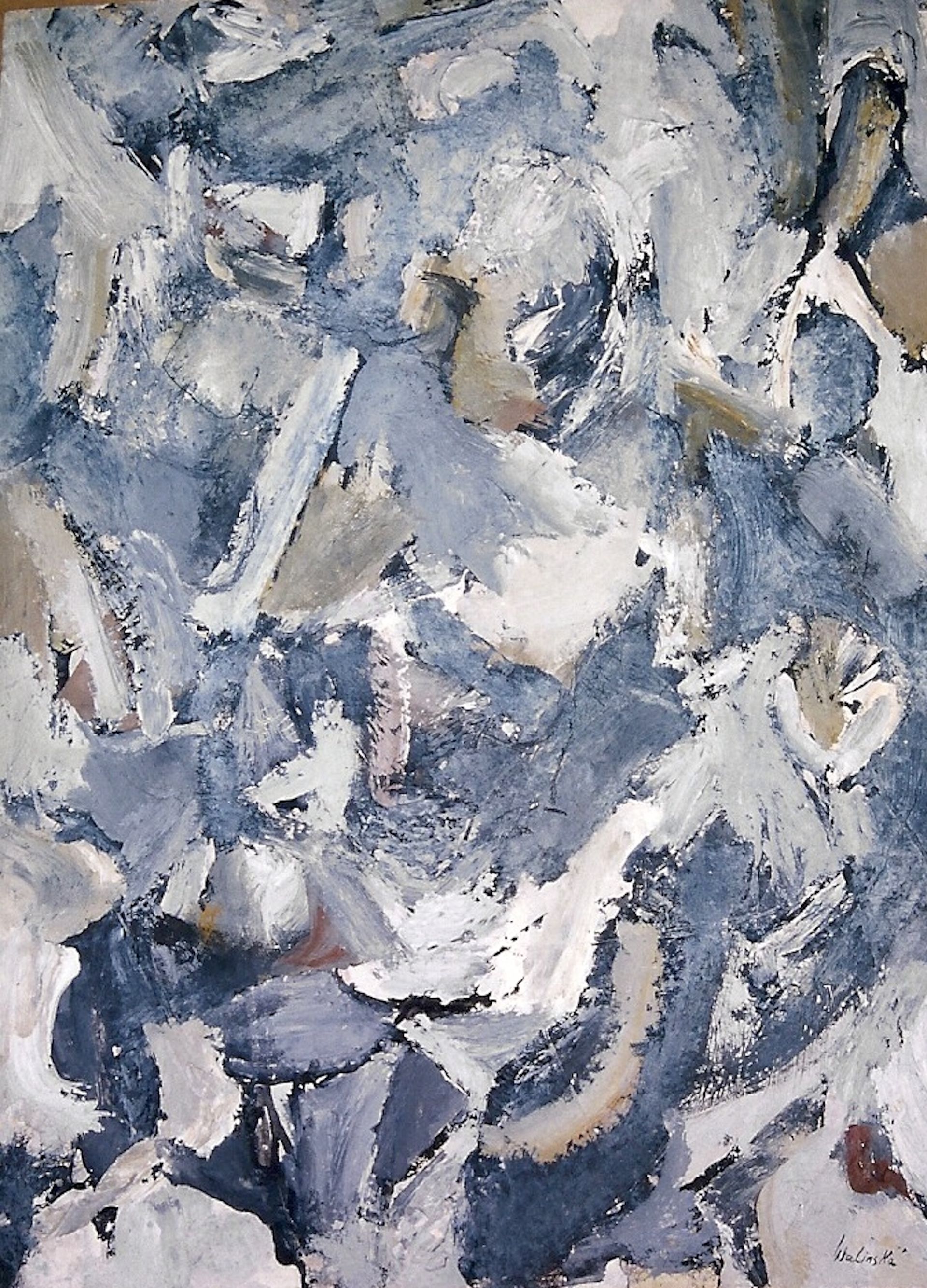Director of the Solomon R. Guggenheim Foundation asked Anna Walinska if he could visit her studio in 1954, but she politely declined. She was too busy, she explained, preparing to travel through Asia. And the Guggenheim could wait, Walinska thought. She set off on her six-month trip, saw new things and learned new techniques, but the New York art world was not holding its breath.
“Her business future might have been different had she chosen to meet [James Johnson] Sweeney instead of heading east,” says Rosina Rubin, Walinska’s niece and steward of her estate. “During her life, she was much more focused on exploring and expressing her work than on its commercial potential.”
Either way, the modernist artist is now enjoying renewed attention in his hometown of New York. Walinska exhibited there often before her death in 1997, including high profile solo exhibitions at the Jewish Museum in 1957 and another at the Cathedral of St John the Divine in 1979. However, Rubin says, in the 1970s, “the art world was turning into the art industry, and Walinska had little interest in fitting in”.
After his death, personal exhibitions stagnated for the painter. Her only notable solo exhibition since was in 2019 at the site of the former Riverside Museum (now the Master Gallery, in the lobby of the Art Deco skyscraper where Walinska kept a studio for many years). But this month of January, Graham Shay 1857 gallery, Walinska had her first solo exhibition at a New York commercial gallery in more than 60 years – the last being at another Upper East Side gallery, the Monede Gallery in 1961, of Shan paper collages qu she started doing after spending months in Burma.

Anna Walinska, Figures of the landscape1957 Courtesy of Graham Shay 1857
The January exhibition, which was to coincide with Master Drawings New York, focused on Walinska’s figure drawings when she was studying with André Lhote in Paris in the late 1920s, and later abstractions. “Mid-century abstraction is very popular right now, American abstract painters,” says Cameron Shay. Walinska’s abstract works generated more sales than her figure designs, perhaps in part due to the growing interest in long-neglected female mid-century abstract artists.
“People who have never been exposed to his work have come in and said the same thing,” Shay says. “Her abstract works are not only non-objective, but there is a line, a continuous line, that distinguishes her and that is what she coined ‘line calligraphy’.”
For the American art fair (May 13-16), Graham Shay 1857 again shows Walinska among a sample of historical and modern American works. His drawings of characters from the Parisian period will accompany a bronze reduction of 1899 Diana by Auguste Saint Gaudens. Also on display will be an abstract painting from Walinska’s work Holocaust series 1950s and The picnic (1947), which will be shown alongside a painting by Elaine de Kooning from the same period.
“I hope for the end result,” Shay says, “more recognition for her and also admiration for the quality of her work.”
- The American Art Fairuntil May 16, Bohemian National Hall, New York
